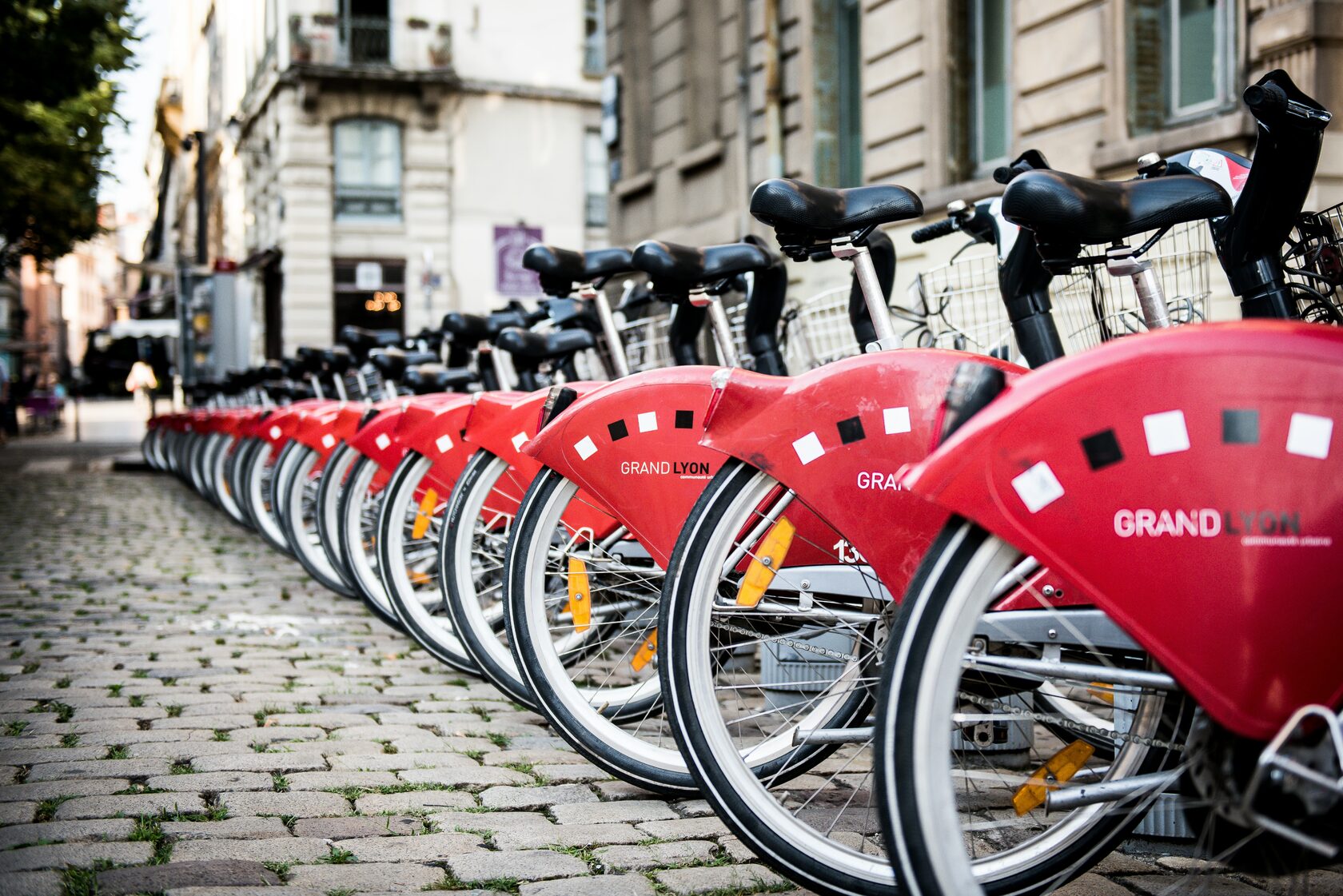In the fast-growing sharing economy, many entrepreneurs are wondering how promising this business model is and whether it can make money. This is especially true for rental business owners, who, more than anyone else, feel the competition from the transport sharing services. In this article, we will attempt to determine which leasing system is more efficient from a business perspective.

By 2022, the total volume of the transportation sharing market is estimated to be $150 billion, where 90% is the online taxi services segment. Despite the fact that taxis dominate the market by a wide margin, since 2019, the most popular growth has been picked up by micro-mobility sharing services. While in 2017 customers made 1 million trips a year, in 2019 the number has already exceeded 160 million. According to experts, the explosive growth of the micro-mobility market is a logical response to the transportation and logistics problems of modern cities with lots of traffic jams, lack of parking spaces and poor ecology. McKinsey analysts estimate that by 2030, the segment will cross $300 – $500 billion, which is 2 – 3 times higher than the current estimate for the online taxi segment.
In addition to the steady growth of consumer demand, the micro-mobility sharing market is of interest to investors for the following reasons:
- The high business margin of 30 to 50%, which is significantly higher than the standards of the venture capital market with a rate of 20%
- Payback period of 2 to 3 years (for comparison, 6-8 years is a good indicator of the commercial real estate rental market)
- Fairly low entry threshold of $80,000.
- Social nature of business: sherry allows unloading city roads, reducing the level of consumption due to the abandonment of own transport, improving infrastructure for micro-mobility
- Eco-friendliness: sharing helps reduce emissions into the atmosphere, which is especially important amid the agenda of fighting global warming.
- Ease of management and small staff due to digitalization
- Wide coverage of the target audience from tourists to office workers
- Quick economic and geographic scalability
- The high number of available niches in various regions
- No dependence on the traffic flow of a particular location, since vehicles are located throughout the city
- Easy to monitor vehicle safety, respond when damage occurs
- Easy marketing with high visibility – customers advertise the service themselves
- Ability to integrate with the B2B segment: rental in large hotels, recreation centers
Despite the many benefits, there are a few disadvantages to the business model:
- Mainly seasonal and depending on the infrastructure in terms of kicksharing.
- Impossibility of opening a business in cities under 100 thousand people
- Negative impact on the environment in the production of batteries
- Possibility to use only special models of transport
- High probability of customer or pedestrian injuries that could lead to bans by city authorities
- Vandalism of vehicles
- Costs of placing and relocating scooters from areas of low demand
- Large numbers of illiquid vehicles due to damage, theft, parking in unpopular areas, battery drainage
- Focus on short trips
Let’s move on to traditional rentals. According to experts, the transport rental market is estimated at $100 billion, where over 80% is represented by the automobile segment. Due to the constant trend of abandoning your own transportation, the market grows by 10% per year, which is considerably lower than the sharing numbers. Despite the growth, the industry is heavily affected by the effects of the pandemic, as tourists and business travelers are no longer on the road, and as a result, many market leaders have significantly reduced their transport fleets.
This type of business is interesting for entrepreneurs, primarily due to the following advantages:
- Payback period of 3 to 5 years with a small entry threshold
- A small number of staff, easy management
- Consumer flexibility: you can rent vehicles to corporate clients, taxi services, etc.
- Regular clients and stable demand
- Wide choice for the vehicle fleet
Referring to disadvantages, we can point out the following:
- Challenges in promoting service
- Depends on the ease of location and tourist flow
- Lack of control over the state of transport at the time of lease
- Difficulties in developing companies in small towns due to low solvency
- Serious risks of theft and damage
- Profitability is considerably lower than in the case of carsharing
- A necessity to return the vehicle to the point of exit
After analyzing all the advantages and disadvantages, you can choose the best business model for your rental by assessing your current ambitions and financial capabilities.



